For Christmas this past year, my wife bought me a second hand Leica R3 body. These are somewhat common and affordable as they are not the Leica Rangefinder film body the world has come to love; rather they are the early SLR’s made by the company in the 70’s. Specifically, the Leica R3 was made in 1976 at the Leitz production facility in Portugal.
However, finding the lenses for these bodies is another story as cinematographers quickly purchase these lenses for their reliability and ease of use mounting to DSLR’s. After searching high and low I finally found a 50mm f/2.0 Summicron lens located at the camera store in my hometown. I purchased that along with 3 rolls of Portra 400 and began shooting.
One of the first real trips I took with the Leica (even before I had developed a single roll of film from this camera) was to Disneyland in California to visit some friends from out of town. Now, I love Star Wars, and since the opening of Galaxies Edge, I have wanted to experience the immersive atmosphere. I thought that Portra 400 would be a perfect choice for the slightly overcast Southern California day.
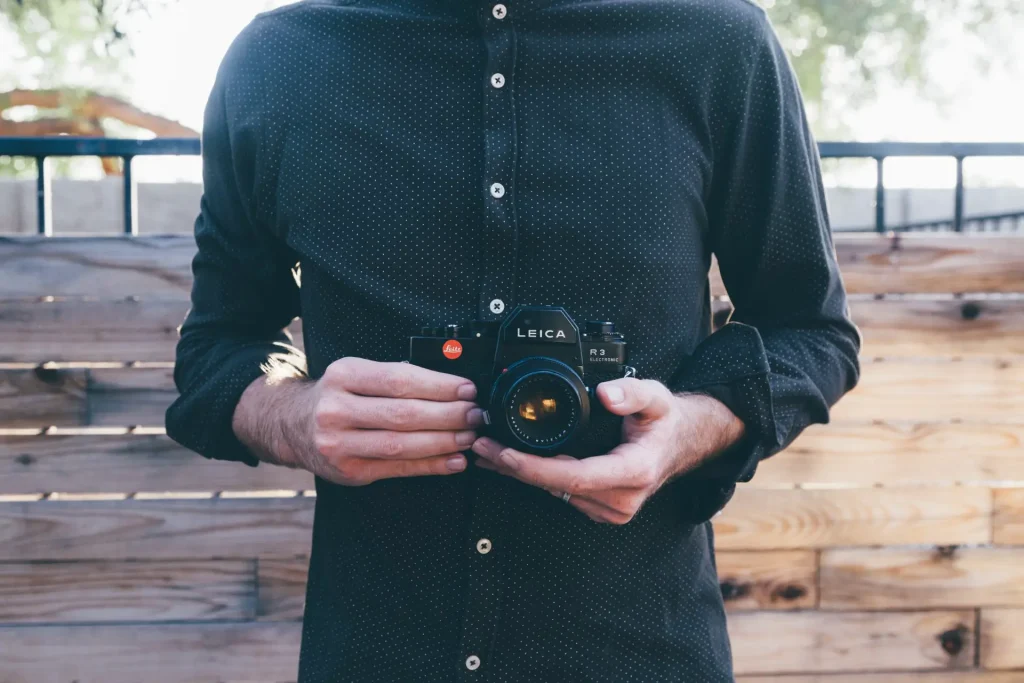
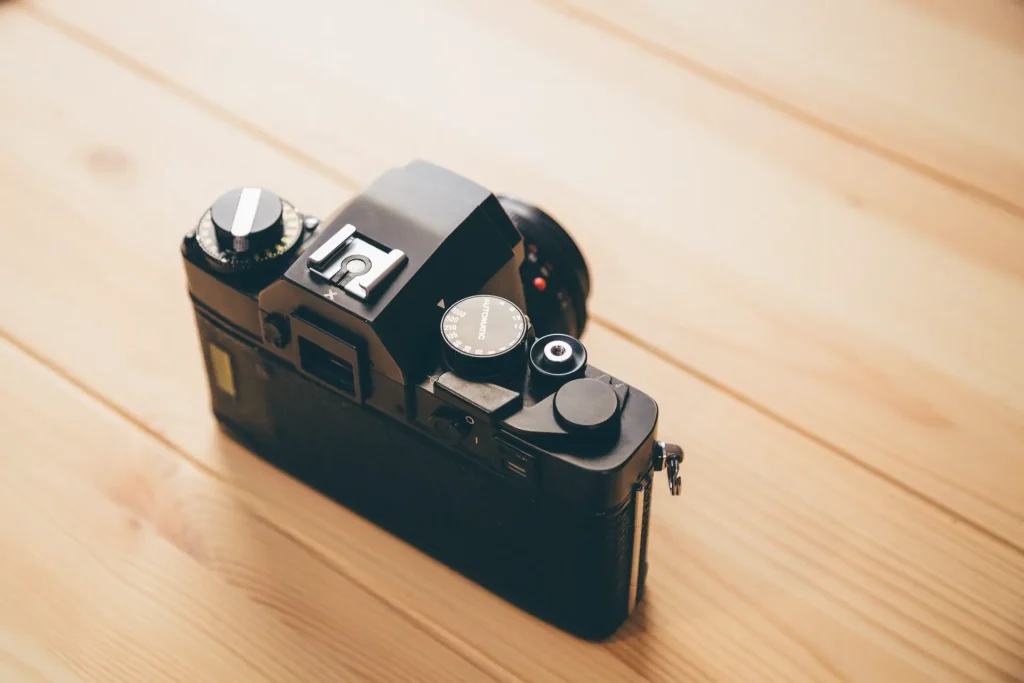
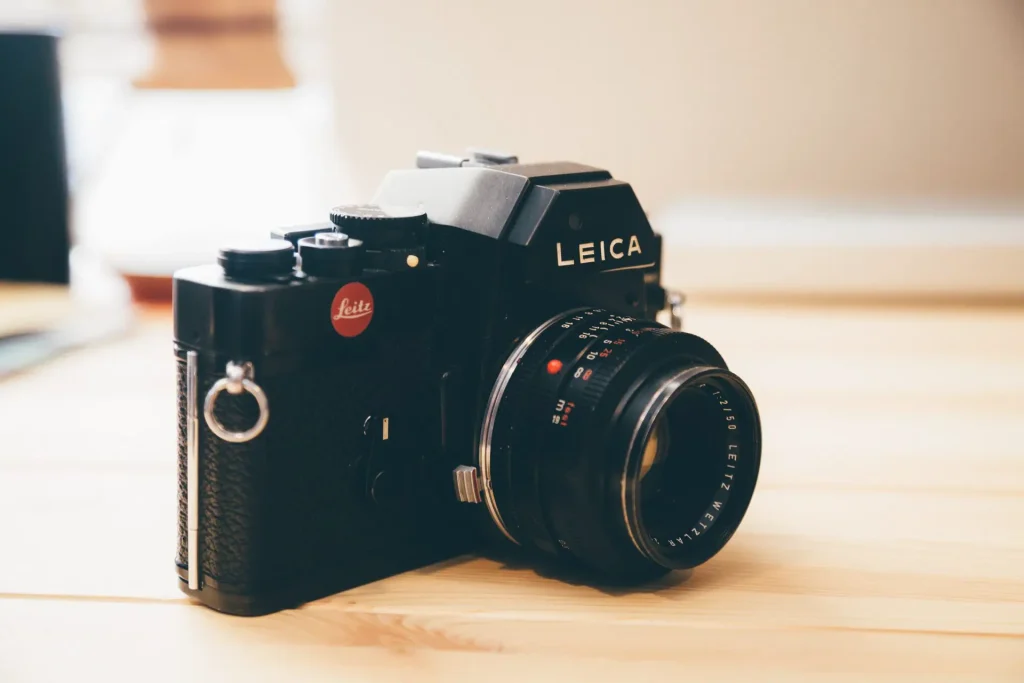
Portra 400 film is incredible for so many reasons, but what stands out in my mind is its ability to capture solid images in all types of lighting situations. It is a constant workhorse and loaded in the Leica R3 is no different. Because I had not developed a roll yet from this camera, I was shooting somewhat blind.
I had no confirmation that the electronic light meter was functioning properly so I decided to shoot each exposure as recommended by the light reading. The camera has a built in On/Off Switch that will allow for a reading to take place with a half push of the shutter button or by flipping the aperture preview lever. When we arrived I took a few sample readings and compared them to the Lux app readings I got on my phone and they both were just about level with one another.
The Leica R3 also has an automatic electronic shutter feature that will determine the correct shutter speed based on the light reading and so on. While shooting, I manually adjusted the shutter speed (still unsure if I could trust ALL of the features) to what the meter indicated.
The exposure of the images, as I should have anticipated from a Leica, were almost perfect. It seems to me that Leica, for almost every product they have made, have put an incredible amount of detail behind the design and longevity of the product. This SLR is no different!
The controls are crisp and very responsive, and the body has a weight to it that is neither too heavy nor too light and cheap feeling. For a 44-year-old camera, this thing still has some authority! Even more surprising is how smooth and effortless the focus ring on the lens feels and how sure each click of the aperture dial is, which provided some confidence heading into this adventure.
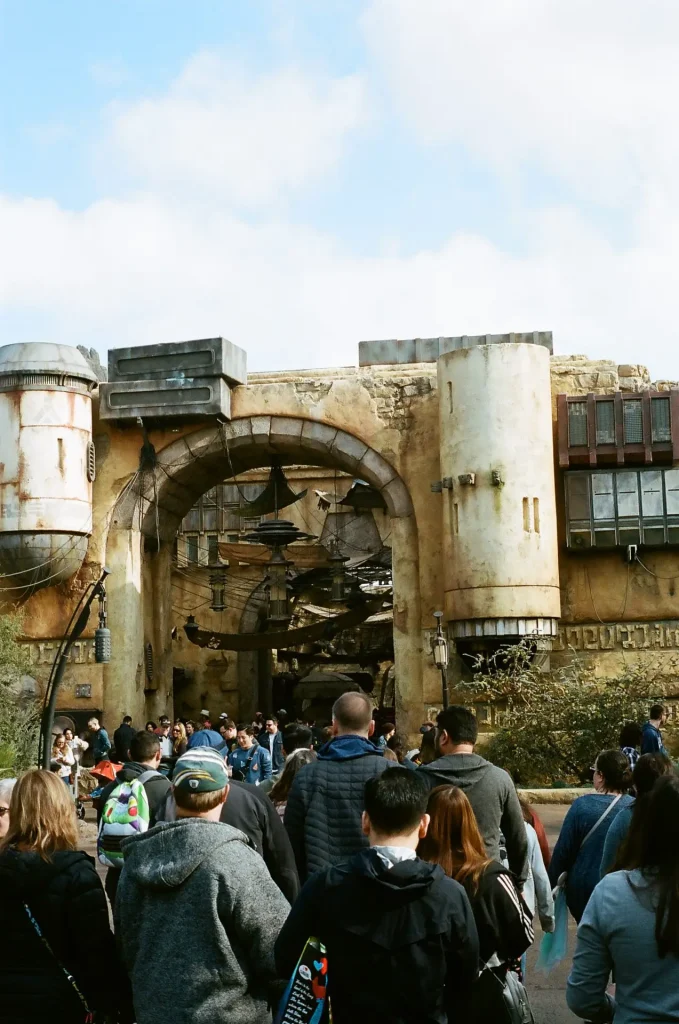
Disneyland is a crowded place so getting compositions and shots lined up takes a bit of patience and a bunch of luck. Luckily, everything within Disneyland is brightly colored and done with such exquisite detail that one is hard pressed to find a poor location to capture images.
The newest edition to Disneyland, Galaxy’s Edge, is no exception. No detail has been overlooked in its creation. Even the fire hydrants and sprinklers that are required by the government for emergency fire suppression have a disguise or purposeful look. The walls of each building have signs of blaster damage and even some intergalactic graffiti. From the hidden speakers you can hear spaceships flying overhead. Even the soda vendors are in character, complete with a droid who pilots their soda cooler. In short, the atmosphere in Galaxy’s Edge is one of wonder and adventure. Truly this is a perfect place to put this camera to work.
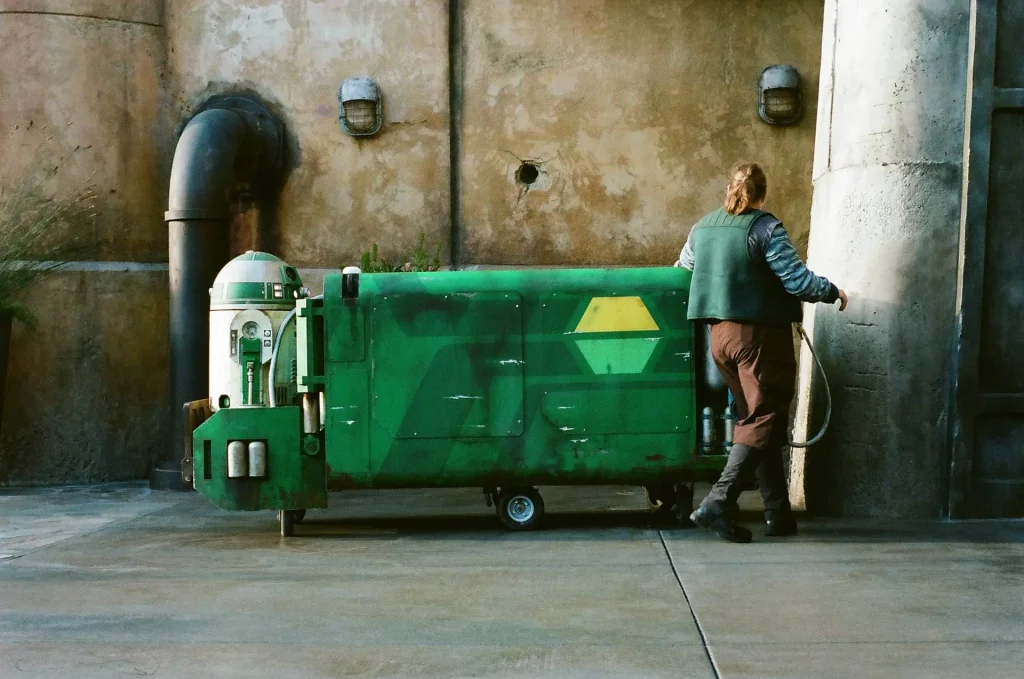
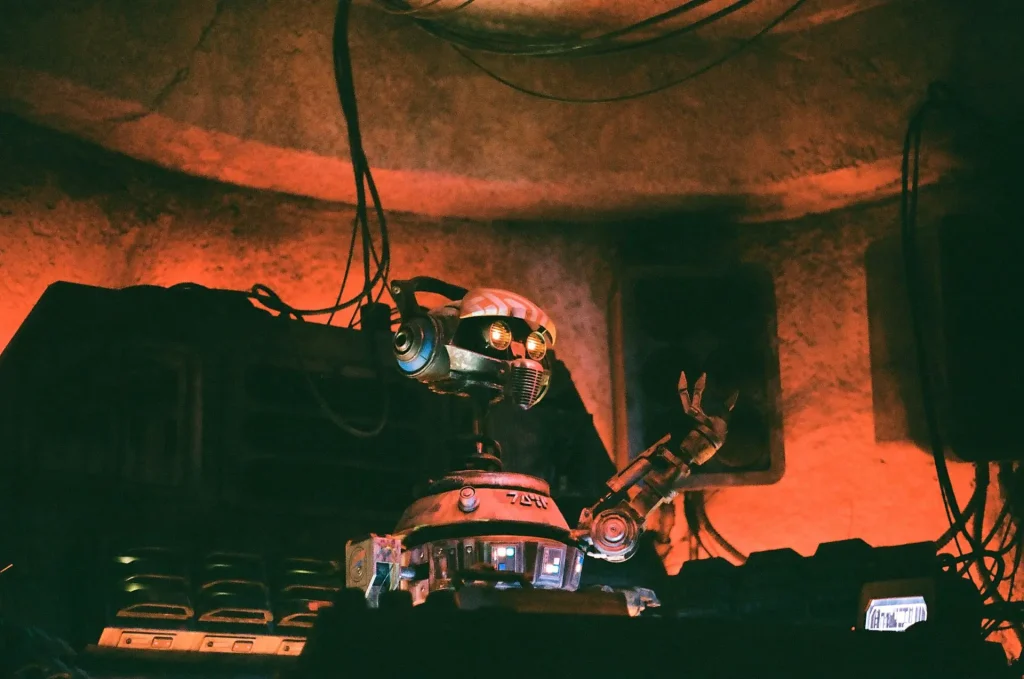
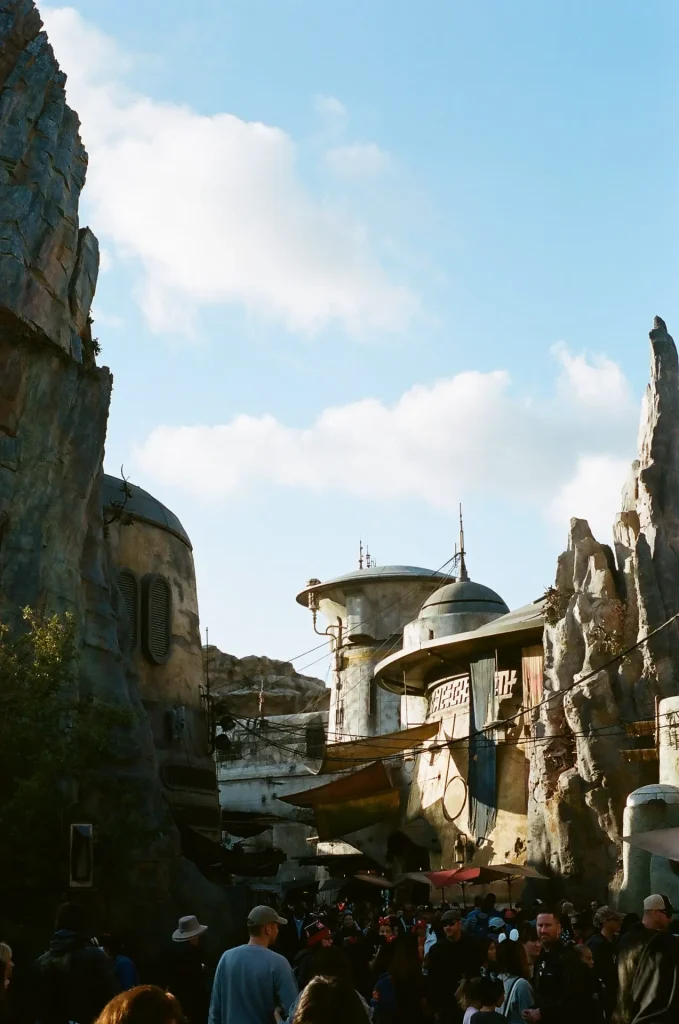
Shooting with the Leica R3 is incredibly familiar for anyone with 35mm SLR experience with all control exactly where you need them. The shutter button is crisp, very responsive, and has a fairly short stroke. It is incredibly easy to find with any given hand position as well.
Possibly my favorite feature is the almost oversized aperture preview lever. It is easy to access with my middle finger and is a lifesaver in getting the correct meter reading quickly. The Leica R3 also has a built in option for a double exposure setting where, once selected, the film does not advance. This could also be an issue if you are not paying attention to your settings, but seeing as I was not looking to get too artistic, this was never in question. I kept the R3 in what is considered its spot-metering mode so I would be sure to keep the subjects in question accounted for. I was amazed at how accurate these readings turned out to be. Out of the 36 frames shot, only one was considerably overexposed and I will count that as complete user error and rushing to get the shot off.
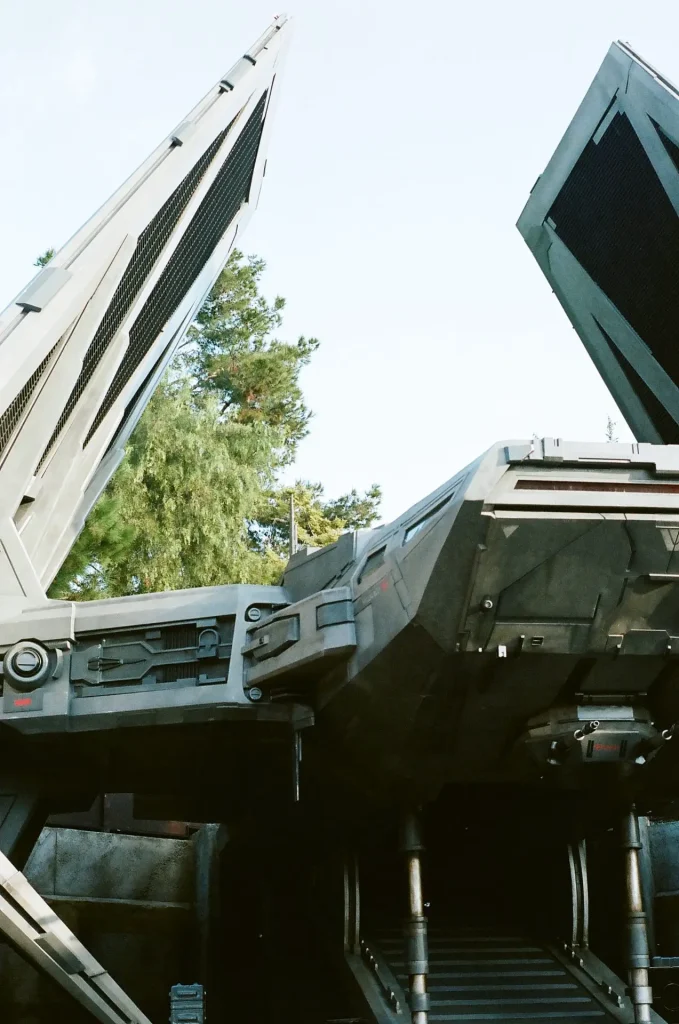
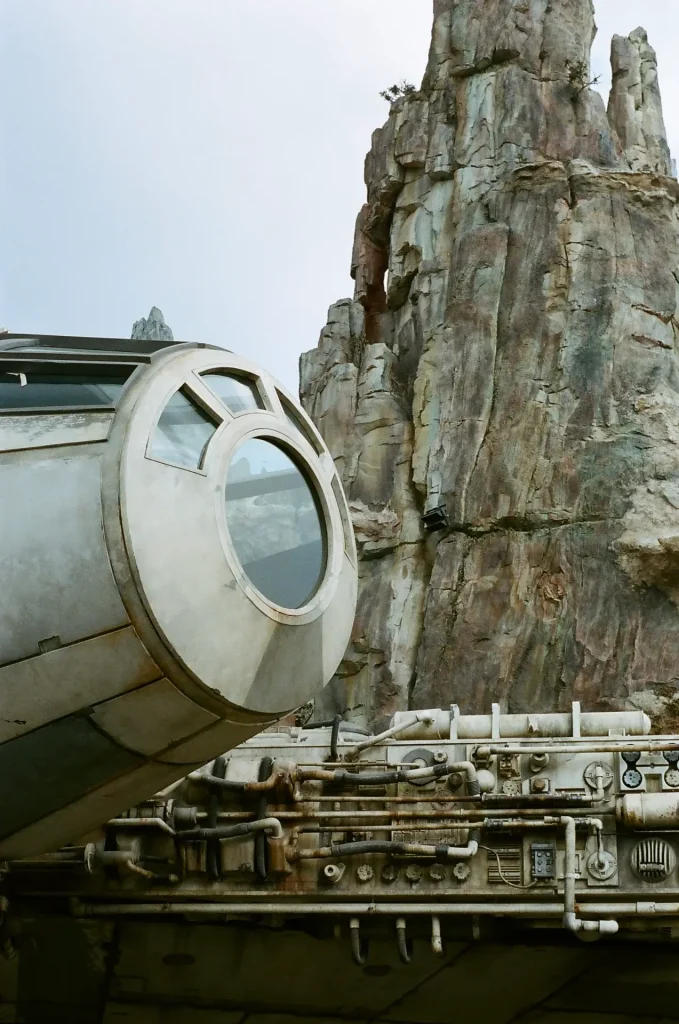
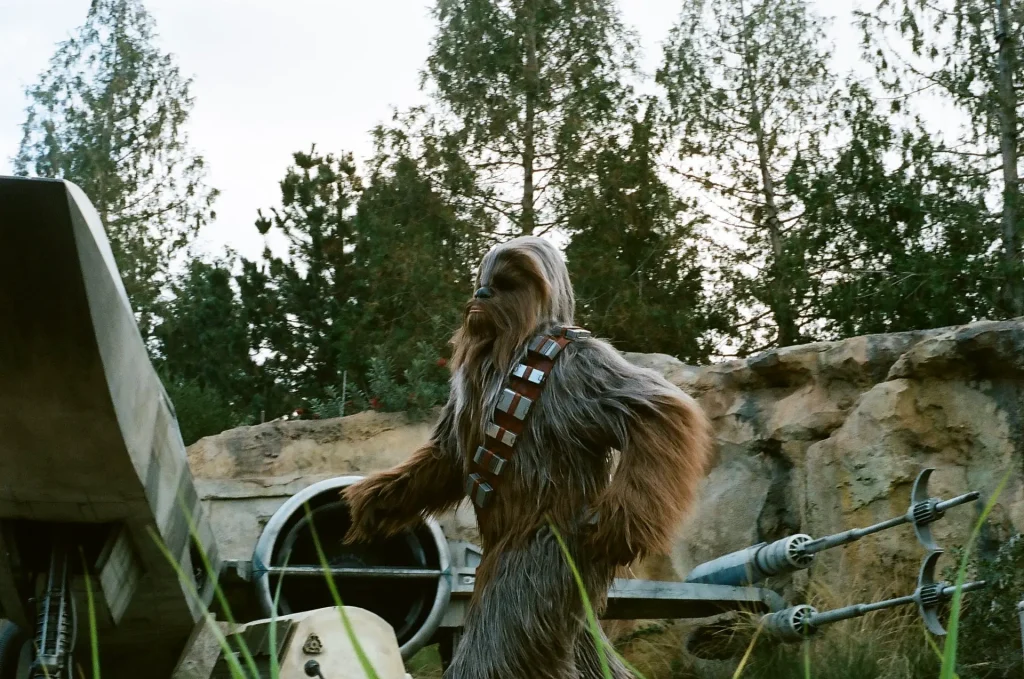
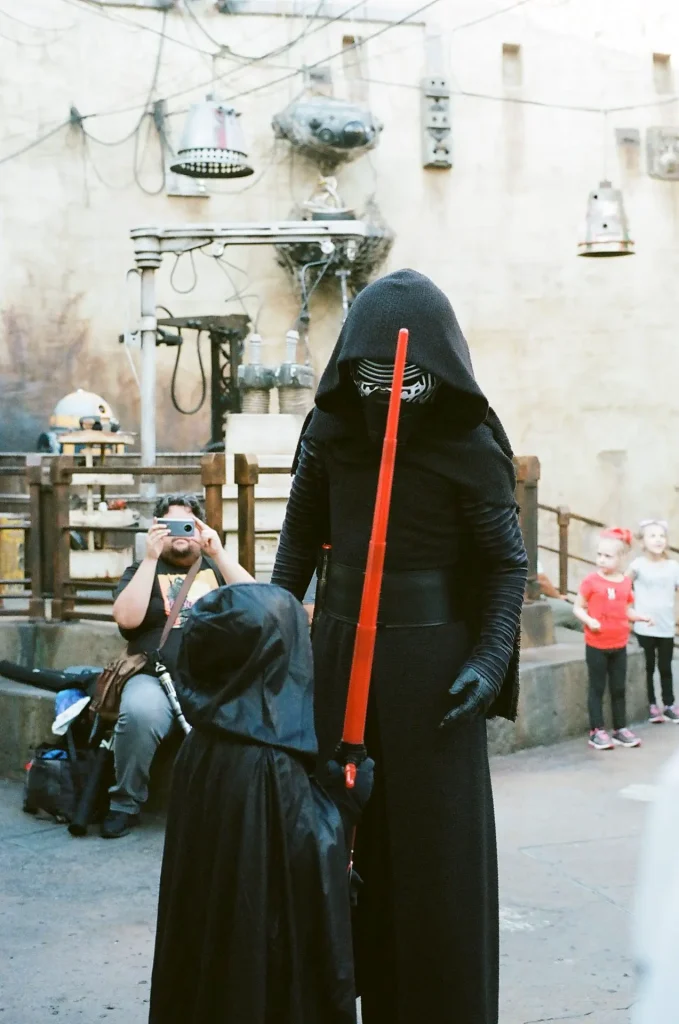
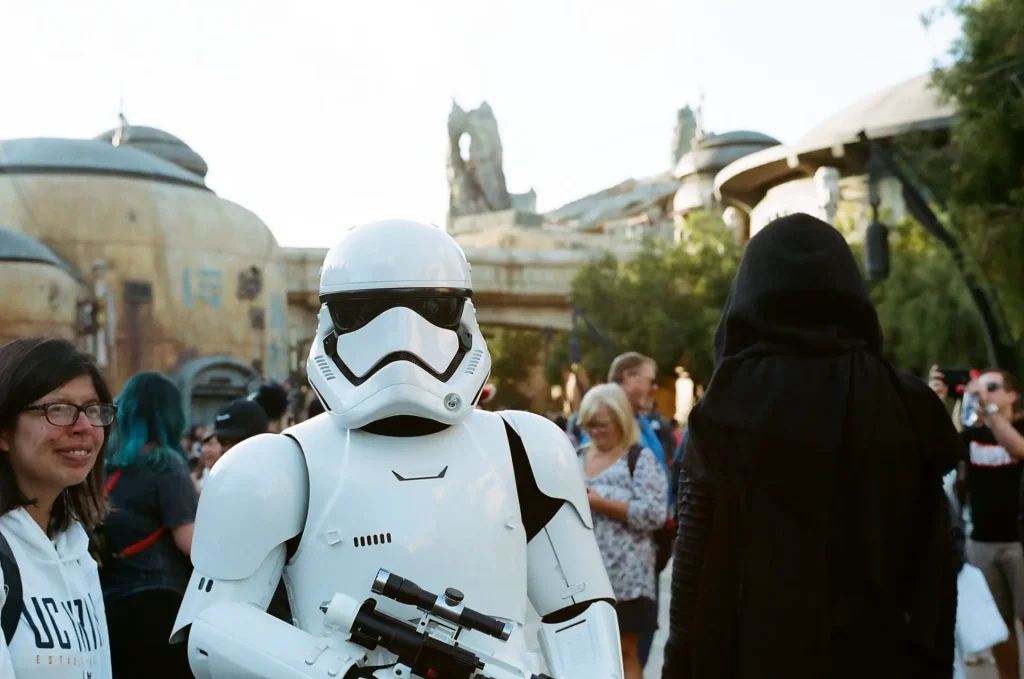
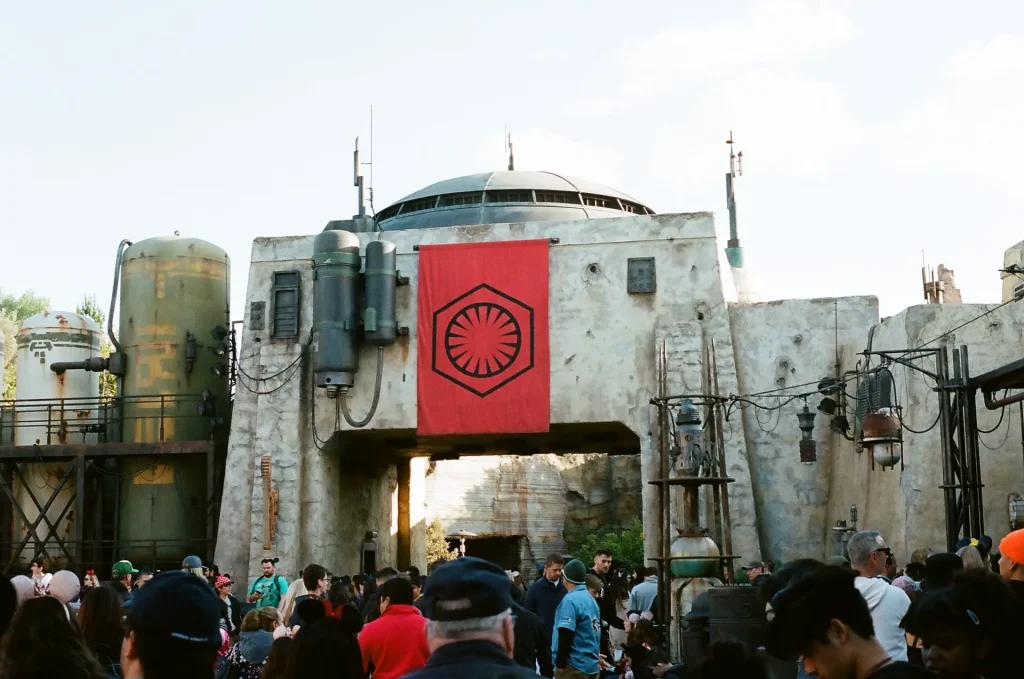
The Leica R3 is nothing short of fantastic. It does everything expected of a 35mm SLR but has a sturdy and reliable construction behind it (and the name ‘Leica’ printed on it). Receiving this roll back from the lab was truly spectacular. I was amazed at how well the exposures turned out and how accurate the light meter readings were.
Adding to that, the quality of focus from the lens was spot on for the majority of images. Some of the more ‘on the fly’ shots were a touch out of focus, but that was expected, shooting at a slightly shallower depth of field and with many people stepping in and out of frame during composition.
That and the fact that Disney characters do not stand still for more than what seems to be 2 seconds. More images (including non-Disney related ones) can be found on my Instagram page: @wl_patton
You can find any more content about the Leica R3 on 35mmc here, and more content featuring Leica products here
Share this post:
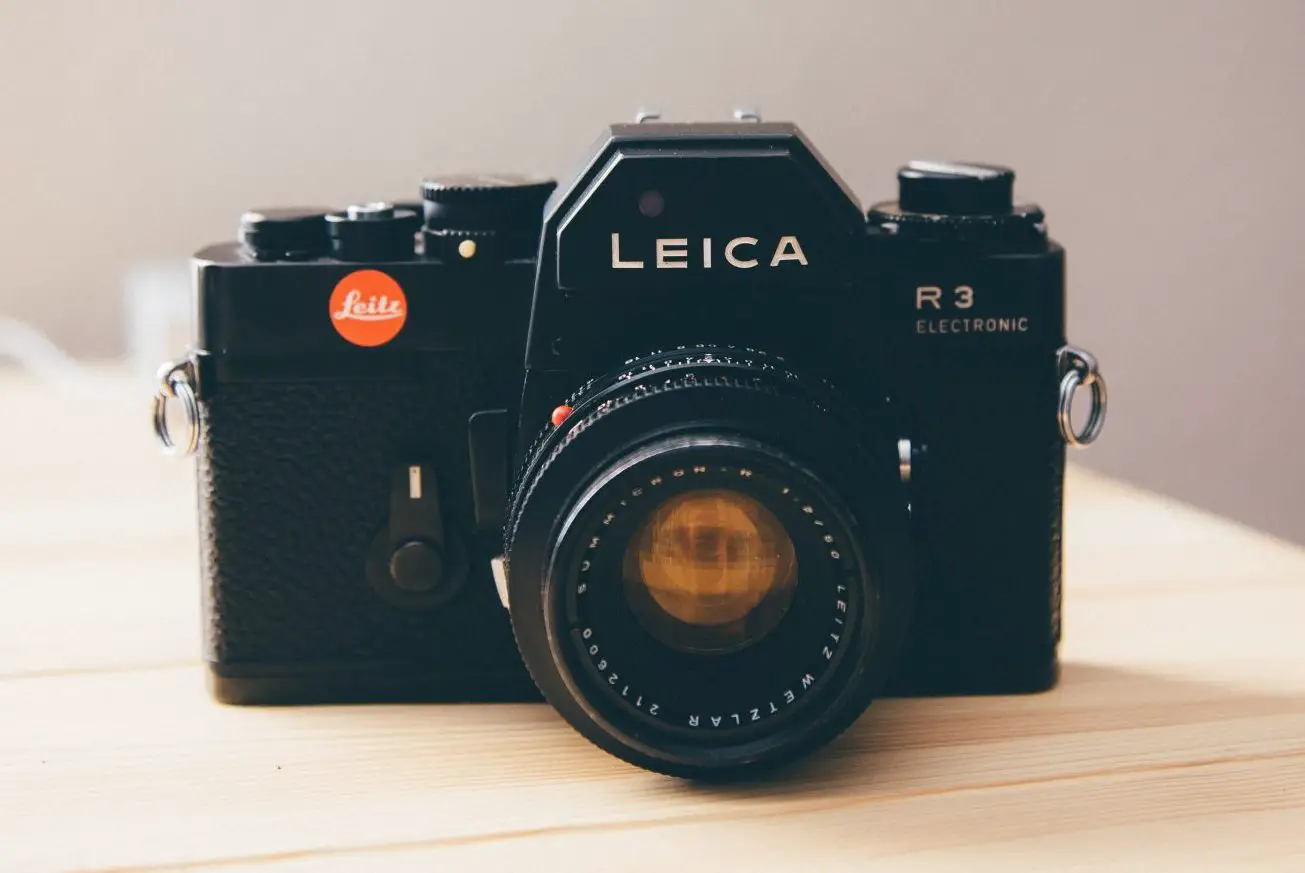








Comments
Khürt Louis Williams on Leica R3 – a Review in a Galaxy Far, Far Away – By Luke Patton
Comment posted: 18/06/2020
Bent_Brent on Leica R3 – a Review in a Galaxy Far, Far Away – By Luke Patton
Comment posted: 19/06/2020
Something that's often not mentioned in lens reviews is microcontrast, and these old Leica lenses have it in spades. Makes everything seem that much more real and 3 dimensional.
Jonathan on Leica R3 – a Review in a Galaxy Far, Far Away – By Luke Patton
Comment posted: 23/01/2021
Slightly puzzled by the comment that since you had no way of whether the light meter was working, you set your exposure as recommended by the light reading. I think I may have misunderstood, as it sounds like you're saying you did this using a light meter. If so, you could have used it to check the camera's exposure meter. And if you used this method, getting correct exposures was probably not so much an indication of how good the R3 is, but your light meter. Either way, thanks for the review!
Comment posted: 23/01/2021
A quick guide to the Leica R range - Kosmo Foto on Leica R3 – a Review in a Galaxy Far, Far Away – By Luke Patton
Comment posted: 09/02/2023
Macarena on Leica R3 – a Review in a Galaxy Far, Far Away – By Luke Patton
Comment posted: 19/09/2024